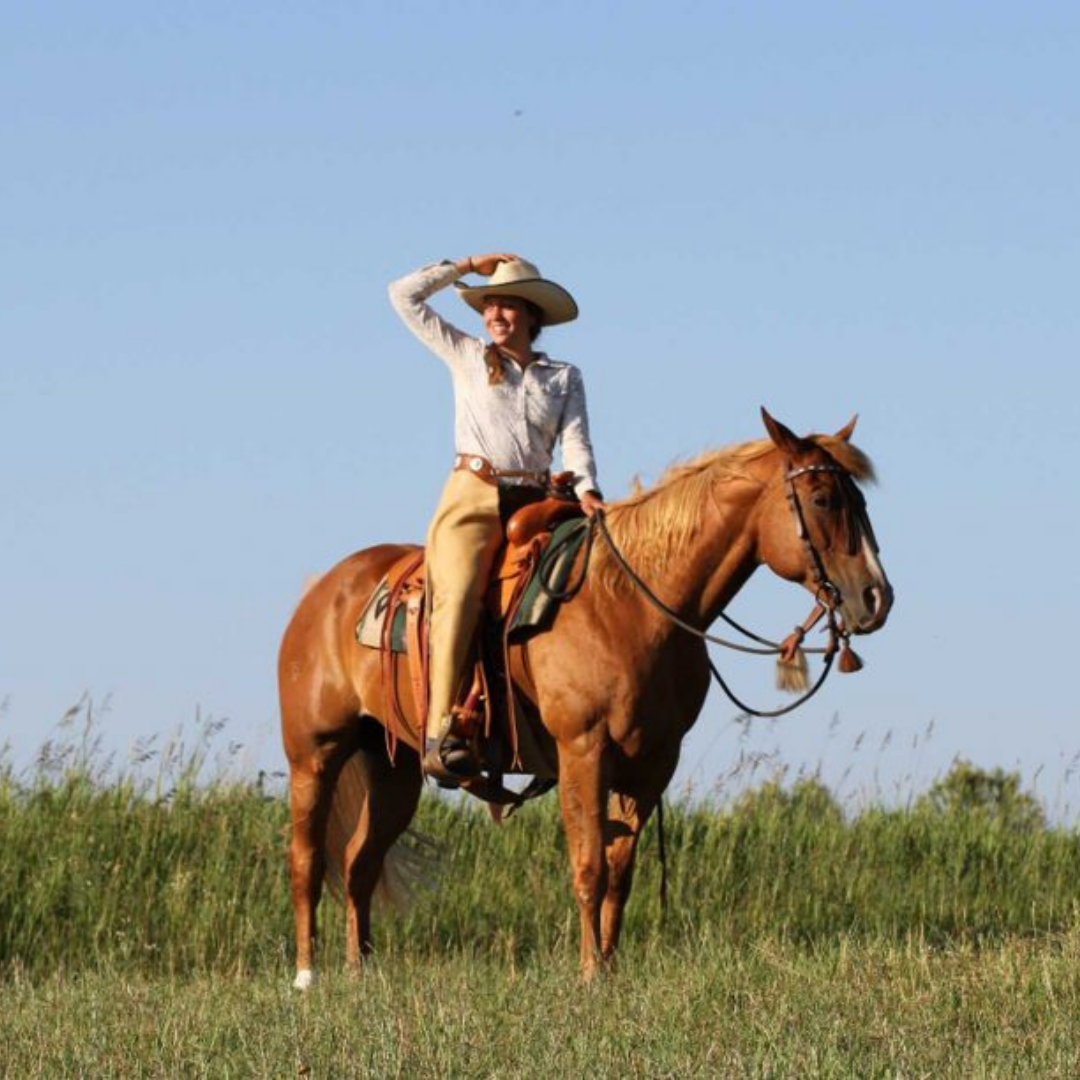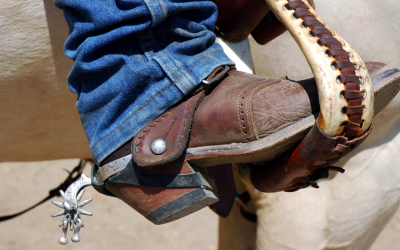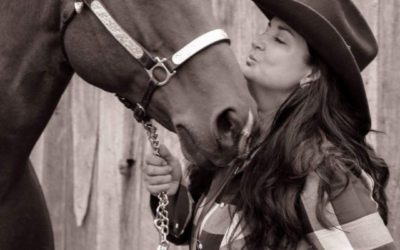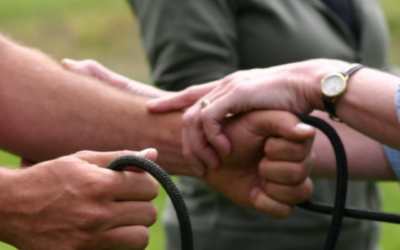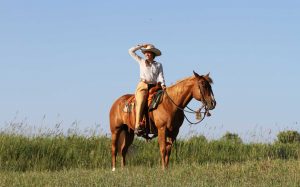
Read more from Amy Skinner on her blog.
In barns all around the world, instructors are throwing around vague directives like “make him more round,” “get him pushing from behind,” and “get him on the bit.” Without a clear picture of what these terms mean, well meaning students often get baited into driving the horse into a restraining hand, essentially creating a trap the horse has no escape from.
It’s important to look at why the horse is not round, not using his hind end, and not “on the bit,” (a vague term whose meaning has a lot of room for discussion in and of itself).
If your horse is on the forehand, there’s a good reason, and trying to engage what is blocked leads to more issues than it solves.
The ladder to collection is a lengthy and systematic one. It isn’t as simple as pushing the hind end under the body, or bringing the head down and in. If your horse is not ready to lighten on the forehand, it’s because something is blocked that should be open, something is weak that should be strong, and something is tight that should be loose. This keeps the horse trapped in the cycle of being forehand dependent. In this instance, it isn’t fair to try to take the forehand away from this horse because they do actually NEED it for balance. Not without fixing the root cause first.
I think of a horse like a hose. First, it’s essential to unkink the hose so the water can flow. If you have a kinked horse, it’s easy to think you might have to “drive the hind legs under ” via a tight leg and restraining hand, but the simple truth is this is the wrong thing to ask for at the wrong time. You’d be merely turning the spigot up with a kink in the hose, instead of letting that water flow on its own.
The classical principles of developing a horse’s body are centuries old, and designed to create symmetry, suppleness and strength. They lead to collection, but don’t attempt to start there. Horses learn over years to use their bodies in self carriage. A horse who has an education based on restraint and unyielding drive aids has little to no opportunity to develop self carriage- their education is a house of cards. Pushing a hind end into a scrunched up front end might give the appearance of “roundness” but in actuality, the middle will stay blocked.
So first, open the body. Open the shoulders, let the back move the way it’s supposed to. Then teach the hind legs to carry. A horse with supple shoulders, a swinging back and evenly carrying hind legs will bring his own neck into position, without the rider’s hand artificially positioning or restraining it.
